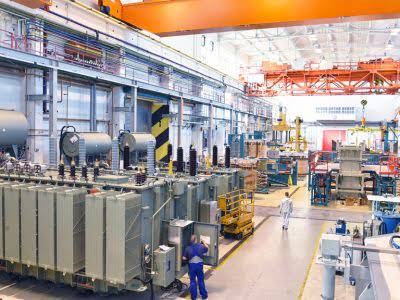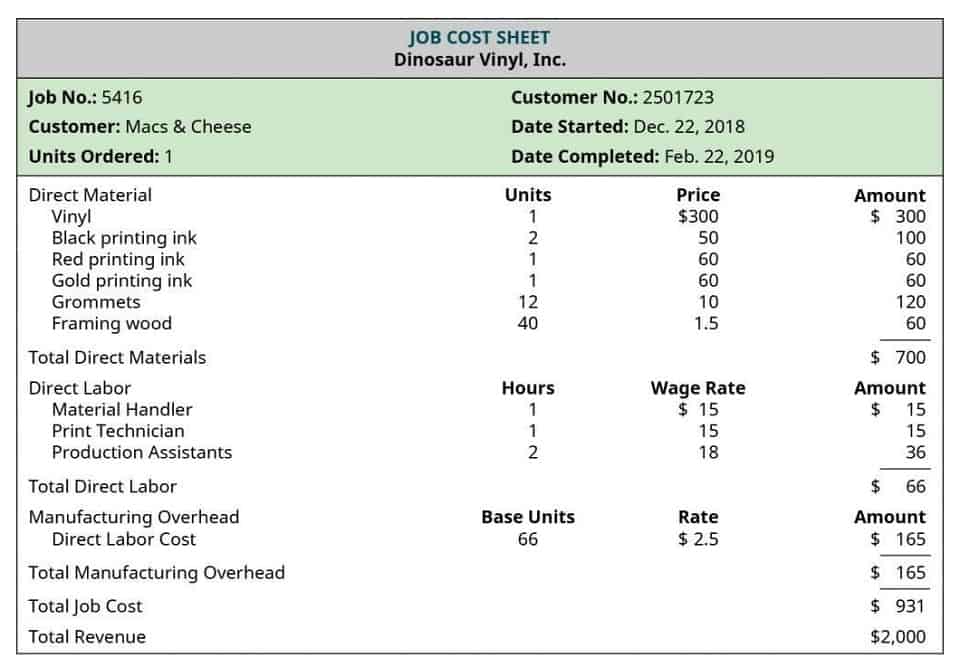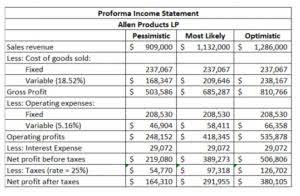
It includes leftover stock from the previous period and can be found in the company’s balance sheet under inventory. The marginal cost of production refers to the cost to produce one additional unit. Theoretically, companies should produce additional units until the marginal cost of production equals marginal revenue, at which point revenue is maximized.
Step 3: Calculate direct labour cost per unit

It simplifies inventory accounting and provides a balanced valuation approach, though it may not be as accurate as FIFO or LIFO when prices fluctuate significantly. In this example, the total production costs are $900 per month in fixed expenses plus $10 in variable expenses for each widget produced. After subtracting the manufacturing cost of $10, each widget makes $90 for the business. As the rate of production increases, the company’s revenue increases while its fixed costs remain steady.
- The higher your production costs, the thinner your profit margins are likely to be.
- Start by tracking the cost of all raw materials and components used for production.
- While these costs don’t directly touch the product, they’re crucial for keeping your operations running.
- They are crucial for keeping everything running but aren’t part of the product itself.
- Overheads directly impact a business’ balance sheet and income statement so it’s important to track and allocate these expenses.
- Lastly, understanding TMC is fundamental in budgeting and financial planning processes of an organization.
- Businesses can use this figure to monitor the percentage of revenue that goes into manufacturing costs.
How ProjectManager Helps Track Manufacturing Costs
Implementing service level agreements aid transparency, support product delivery schedules and help to maintain consistent materials quality. It’s useful to note that the same raw material might also be used as both direct and indirect material pools. For example, for a soda producer, water is used as a direct material, forming the body of the drink. However, water could also be used as an indirect material to wash the bottles or equipment. It’s necessary to keep these types of consumption separate for accounting purposes. total manufacturing cost formula Direct material costs can be found by adding the cost of purchased raw materials to their beginning inventory and then subtracting their ending inventory.
Total Manufacturing Cost: Formula, Guide, & How to Calculate
This gives a better insight into cost and profit in real-time, helping to set more informed pricing. To calculate the total amount of manufacturing overhead, you need to first correctly identify and add all applicable overhead expenses. This total is often used to calculate the manufacturing overhead rate, which indicates the percentage of the company’s revenue that goes toward covering manufacturing overhead costs.

Get HVI AppInspection And Maintenance Management Software
To obtain these details, you can refer to the company’s employment records that has a list of all the employees and their hourly rates. Learn how Cin7’s all-in-one inventory management software can help your business. Join 1000+ fleet managers who have improved their inspection and maintenance process. He has developed content across all platforms to implement promotional strategies for businesses. Discover what a bonded warehouse is, how it operates, and its advantages for businesses.
How to Calculate Total Manufacturing Cost – Full Formula

This reduction occurs because fixed costs (such as machinery and overhead expenses) are spread over a larger number of units. Businesses can leverage economies of scale by maximizing CARES Act production capacity and optimizing resource utilization. These expenses don’t relate to business operational efficiency activities. Understanding fixed costs in manufacturing and having a knowledge of calculate fixed costs is essential for accurate cost accounting and financial analysis. Use our Gantt chart project view to set resources and costs, such as hourly rates for workers and non-human resources, such as equipment, suppliers, etc., for every stage of your production cycle.
Calculating the overhead cost for manufacturing one unit
- If you want to simplify the process of tracking your costs and improve visibility into your production, consider using an MRP system like Brahmin Solutions.
- These workers are responsible for converting the raw materials into the finished goods.
- It considers inventory at the start and end of the period, along with any new purchases made.
- These may include costs related to environmental regulations, safety standards, and quality certifications.
They typically become integral components of the product and can be easily traced back to it. Total manufacturing cost refers to the complete amount of money spent by a company on resources and its manufacturing operations in order to produce a finished good. Essentially, it represents the total cost of producing the goods that will be sold to customers. From Cost accounting and Financial statements perspective, having a detailed product costing with a clearly defined cost structure for Finished products is important.
Manufacturing Costs vs. Production Costs
- Brahmin Solutions helps by centralizing all indirect costs such as utilities, rent, and maintenance costs.
- This encompasses various indirect costs such as utilities, maintenance, depreciation of equipment, and factory rent.
- This could include a supervisor, manager, or cleaner, for example, who would be involved in the planning, orchestrating, and maintenance of production.
- Total manufacturing cost is an essential metric for understanding the profitability of a business.
Total units produced is the total number of finished goods manufactured during a specific period. Removing steps from the production process to save money also increases efficiency, ensuring that items are created faster (which leads to greater customer Car Dealership Accounting satisfaction). If you conclude that costs are as low as possible, but revenue is still struggling, the next step could be to alter your pricing. If you set prices too high, customers may go to competitors where they can find a better deal. Equally, if prices are too low, you won’t be generating the required revenue to make your business profitable.

Manufacturing engineering is a specialized field of engineering focused on the design, development, and operation of manufacturing systems. Manufacturing engineers work at the intersection of engineering, business, and management to create efficient and effective manufacturing processes. They play a crucial role in transforming raw materials into finished products that meet quality standards and customer expectations. The cost of goods sold (COGS) includes direct expenses involved in producing or purchasing goods, but it excludes indirect costs related to operations, marketing, and administration. Accurately calculating the total manufacturing cost is pivotal for several reasons.